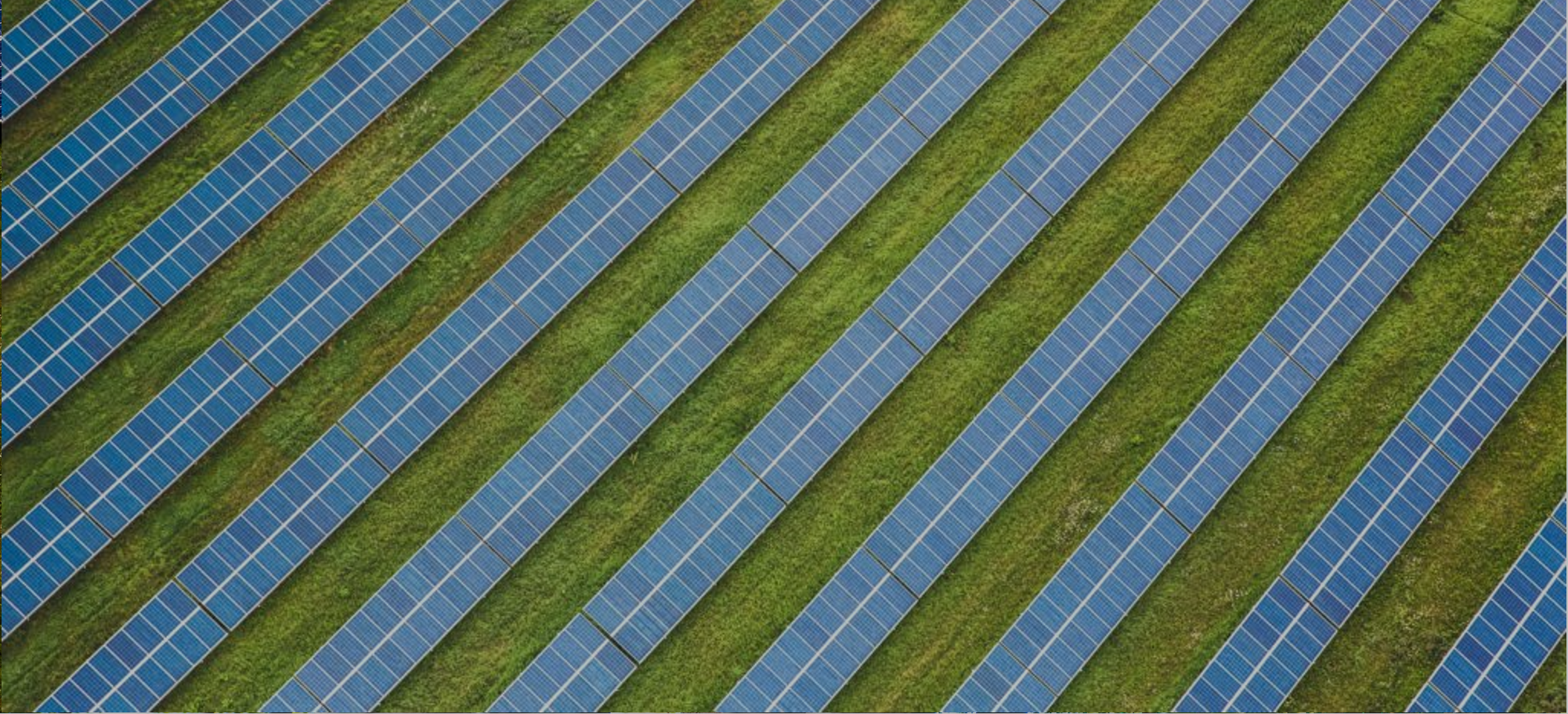
Solar energy? Five facts that make it more interesting now than ever before
Is the building of industrial solar energy profitable in Finland? Is it very difficult? How do solar power plants influence the nature around them? And in which parts of the world do we find the major players among those who make use of solar energy? If you do not already know the answers to these […]
Is the building of industrial solar energy profitable in Finland? Is it very difficult? How do solar power plants influence the nature around them? And in which parts of the world do we find the major players among those who make use of solar energy?
If you do not already know the answers to these questions, they may surprise you. We gathered five facts on solar energy that speak for themselves.
1. Building a solar power plant is quick and simple
The advantages of solar energy include speed and scalability. On the average, a solar plant will be capable of power production in 2–3 years from the beginning of the process. In Finland and Sweden, it is even faster than this – a new plant will be operable in 1–2 years due to the speed of the permit granting process.
Building solar power is very standardized and technically simple, and the risks involved with both the building and the use of solar power are small. A solar power plant is less visible and less audible than most alternative energy production plants. Therefore, it is less common for it to cause complaints.
2. Solar and wind power support each other
Solar and wind power do not exclude one another but on the contrary, they support each other. Often, solar and wind power are best generated at different times of the day and of the year, which means that their combination yields a more even and continuous kind of energy production.
3. Biodiversity can be supported
In addition, considering biodiversity, a solar power plant is gentle: little bugs can fly around on their daily business, the plant site may contain flowery meadows, and animals may roam as they please.
When the solar plant in 30–40 years comes to the end of its life cycle, it is easier to restore the site to its former state, because the structures are less heavy and leave fewer marks in nature than do heavier power stations.
4. Solar energy is available everywhere in the world
Even though the sun does not shine as much in the north as it does on the equator, it is still profitable to build solar energy industrially in Finland. Solar energy is an excellent local choice from the equator to the Vaasa–Savonlinna line in Finland.
In relation to wind power, a solar power plant produces less power per installed megawatt, but on the other hand, the investment costs are correspondingly less.
5. The main users of solar energy in the world include e.g. Great Britain
In Great Britain, renewable energy (sun, wind, biomass and hydropower) already surpassed fossil fuels as the main source of power at the end of 2020. The newest figures show that among power sources in Great Britain, renewable energy counts for 43 % and fossil fuels for 38 %.
Even though the amount of sunshine in Great Britain is less than in the reference countries in the south, solar energy is the third largest form of renewable energy in Great Britain, coming right after wind power and biomass power. In addition, it has been estimated that as many as 900 000 households make use of their own solar panels, the energy production of which vary according to their northern or southern location. Great Britain reached the 14.6 GW solar power capacity at the end of December 2021, of which, according to Solar Energy UK, over 5 GW was in rooftop panels.
The figures published by the government of Great Britain show how the use of solar energy has grown in that country over one decade: in 2011, the share of solar energy in the total energy production amounted to only about 1 %, whereas in 2020, it came up to 28 %.


